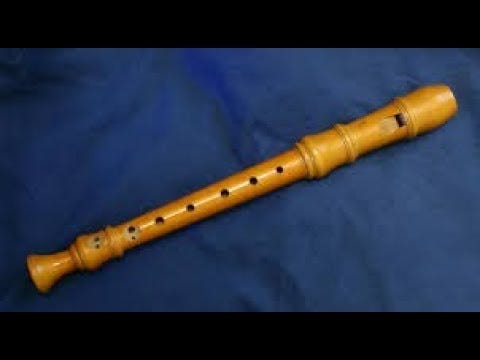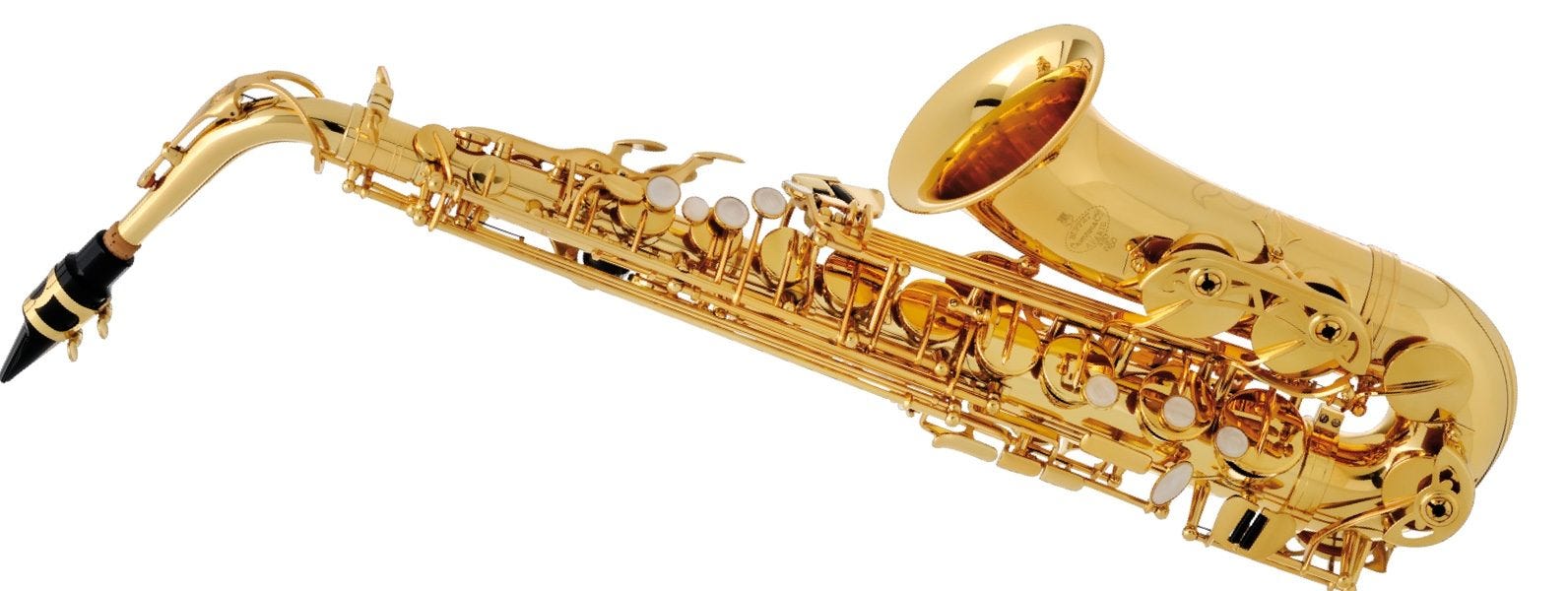Everyone loves music but have different ways to enjoy it. Either listening to the song, humming the tunes or playing the instruments. Each one has it’s own choice in linking oneself to music. Some of those folks are the ones who actually play an instrument or compose music. It could be as a hobby or as a career choice. This allows them to be a step closer to music. There are hundreds of different kinds of instruments people can learn to play though. Being able to play your favorite instrument has many advantages. Some use it as a pastime, others do this out of passion for music, and for some it’s kinda stress buster or meditation. Millions of people all over the world play all kinds of instruments as a way to express themselves. Others simply do it for entertainment, fun or to earn money. But out of so many, which ones are the most popular instruments that are easy to play? This list shows the top 15 most popular and easiest out of all of them.
1. Keyboard

Keyboards, the electronic piano, are extremely versatile and very low maintenance. Electronic keyboards are capable of recreating a wide range of instrument sounds and synthesizer tones with less complex sound synthesis.They are popular with younger children and are great for recording and changing performance. The main difference between a keyboard and a piano is that the sound is produced electronically and of course it is portable.
Electronic keyboards are usually designed for home users, beginners and other non-professional users. As with learning all musical instruments, learning to play the keyboard has the same benefits as learning to play the piano. As well as developing their concentration, memory and focus skills it will enhance their fine motor skills.
2. Piano

The piano, in particular, has been an unparalleled outlet for those seeking escape, creative expression, and simply fun and joy. The modern piano has 36 black and 52 white keys, making a total of 88 keys and is played using a keyboard. The piano was first invented around 1700 and is used for many types of music including classical, jazz, traditional and popular. Often thought of as the best musical instrument to begin playing it is highly versatile, has a wide-range and a grand ability to change dynamics.
Playing the piano is a workout all its own, and offers different physical and physiological advantages to players of all ages. Children will develop concentration, perseverance and emotional expression. It will also enhance their fine motor skills and concentration whilst improving memory and focus. It is also a very calming and relaxing musical instrument to learn. Playing piano has also been shown to be a great source of stress relief, and provides ample opportunities to bolster self-esteem.
3. Recorder

Recorder is the perfect first wind instrument to start with. Because it is cheap however, it seems to be treated as a “cheap” alternative to a “real” instrument (such as the flute). They have a very interesting history because their development was stopped for centuries and only resumed in the twentieth century. For starters, the recorder is a great instrument that is played by everyone from the absolute beginner up to conservatory-trained professionals. A more common benefit that one doesn’t necessarily require a super-skilled teacher to learn how to coordinate their fingers, their tongue and their breath — all 3 things at once — in order to play any tunes to a reasonable standard.
4. Classical Guitar

The guitar is a string instrument with anything from four to eighteen strings with a normal guitar having six strings. The sound is projected acoustically and it is typically played by strumming (or plucking) the strings with one hand and fretting the strings with the other hand. Learning to play the guitar is great for confidence building and developing social skills. As with most musical instruments, learning to play the guitar enhances fine motor skills in children as well as improving their concentration, memory and focus skills.Learning and practicing Guitar, greatly broadens and improves technique, increase knowledge of music theory and helps memorize the entire neck as individual notes and not patterns.
5. Drum set

Drums are percussion instruments and are the oldest form of instruments, existing in a wide variety of shapes and sizes. They are naturally played by being struck with different tools known as beaters; anything from wooden sticks to wire brushes to bare hands. Some drums are tunable whilst others are non-tunable. Drums produce sounds by the vibration of a stretched membrane known as the head. The head covers either one or both ends of a hollow body which is known as the shell. Playing drums can relieve frustration, disappointment, and stress. Learning drums challenges you to break complex tasks into manageable parts. Drumming is interactive. It’s about timing and coordination, both of which forces the drummer to be in the present moment.
6. Electric Guitar

The electric guitar is a string instrument. Invented in 1931 the electric guitar is basically a guitar that uses a pick-up to convert the vibration of its strings — which are typically made of metal, and which occurs when a guitarist strums, plucks or finger-picks the strings — into electrical impulses. The electric guitar usually has 6 strings but can sometimes have up to 12 strings.electric guitars are a little easier to play than acoustic guitars. The strings are a bit lighter, the neck is a bit thinner, and for hands that aren’t used to fretting chords that makes things more comfortable. That’s good, because when new players struggle with the mechanics of playing they are more likely to quit. Going with a guitar that’s easier on the hands removes one of the barriers that prevent newbies from advancing on the instrument.
Most new guitar players haven’t chosen their musical direct yet. It takes some time to figure out what you really love, and what you’re really good at. An electric instrument gives you the freedom to explore those choices. You may find you love strumming chords or playing classical music finger-style and you’ll eventually switch to acoustic guitar. You may decide you love jazz, or metal or country music. You can play all of that on an electric guitar while you sort everything out. Even if you think you know what you want when you are first starting out, you may be surprised by the doors that open up to you as you learn the instrument. An electric guitar gives you a greater amount of freedom to explore it all.
7. Violin

The violin is a string instrument and is the smallest and highest-pitched instrument in its family. Typically, the violin has four strings and is usually played by drawing a bow across its strings. Violins are important musical instruments in a wide variety of musical genres including jazz, country, metal and folk music.For aspiring musicians, learning to play the violin is at the top of many bucket lists, and for good reason.Learning to play the violin has great benefits including improving coordination, concentration and discipline.
Playing the violin requires impeccable posture, more than almost any other musical instrument.It takes strength and balance to hold your body and your violin in the proper position for extended periods of time.Playing the violin also requires incredible strength in the upper arm and shoulder muscles. In fact, playing the violin is comparable to an upper body workout you’d normally perform at the gym! Playing the violin improves your physical strength, hand-eye coordination, and dexterity and makes the violinists ultimate multi-taskers.
8. Percussion

A percussion instrument is a musical instrument that is sounded by being struck or scraped by a beater; struck, scraped or rubbed by hand; or struck against another similar instrument. In almost every style of music, percussion plays a pivotal role. In more recent popular music culture, it is almost impossible to name three or four rock, hip-hop, rap, funk or even soul charts or songs that do not have some sort of percussive beat keeping the tune in time. The act of playing a percussion instrument gives both the mind and body tons of benefits. Playing percussion instruments assists both kids and adults with their coordination and motor skills.
9. Bass Guitar

The bass guitar is a stringed instrument similar in appearance and construction to an electric guitar, but with a longer neck and scale length, and four to six strings. The bass guitar is a transposing instrument, played primarily with the fingers or thumb, by plucking, slapping, popping, strumming, tapping, thumping, or picking with a plectrum. It is often a solo instrument in jazz, jazz fusion, Latin, funk, progressive rock and other rock and metal styles. Learning to play the bass every much as challenging as learning how to play the six string guitar. If you’re unsure about your musical abilities, the bass guitar is the perfect instrument to get started with. With a regular guitar, players often have to memorize long chords. On a bass guitar, however, you can play more songs with just single notes. This makes it easier for new players.
The job of the bass player is to provide the rhythmic impulse by working hand and glove with the drummer. Double bass musicians are readily sought-out to perform in a professional capacity. If you plan to pursue a career as a professional musician, talented bassists have a leg up because they can adapt their playing style to match almost any musical genre. A bass guitar player usually has a much easier time finding work than a guitar player.Moreover, playing bass guitar or any other musical instrument produces a special kind of pleasure which affects your life positively. It is beneficial to your social life, personal life, health, mental ability and other areas of your life.
10. Saxophone

The saxophone is closely related to the clarinet and is a woodwind instrument. They are typically made of brass and played with a mouthpiece, much like that of the clarinet. Invented by Adolphe Sax in 1840, the saxophone is most commonly used in classical music, marching and military bands and jazz.The saxophone has always featured in people’s lists when deciding upon an instrument to learn due to its “cool” image. Playing any musical instrument allows you express your creative side, but the saxophone is particularly good for this due to its wide range of dynamics and flexible sound, allowing you to convey many emotions and styles.
In total there are 9 different types of saxophone, but the most popular 4 are the Soprano, Alto, Tenor, and Baritone saxes. So whether you are tall or short, or enjoy playing the melody or bassline parts in bands there is a saxophone for you.Saxophone playing improves your aural skill and can find the difference between a various range of sounds. And this favors in developing language proficiency.Also, it contributes in identifying logical patterns which help in math and science.
